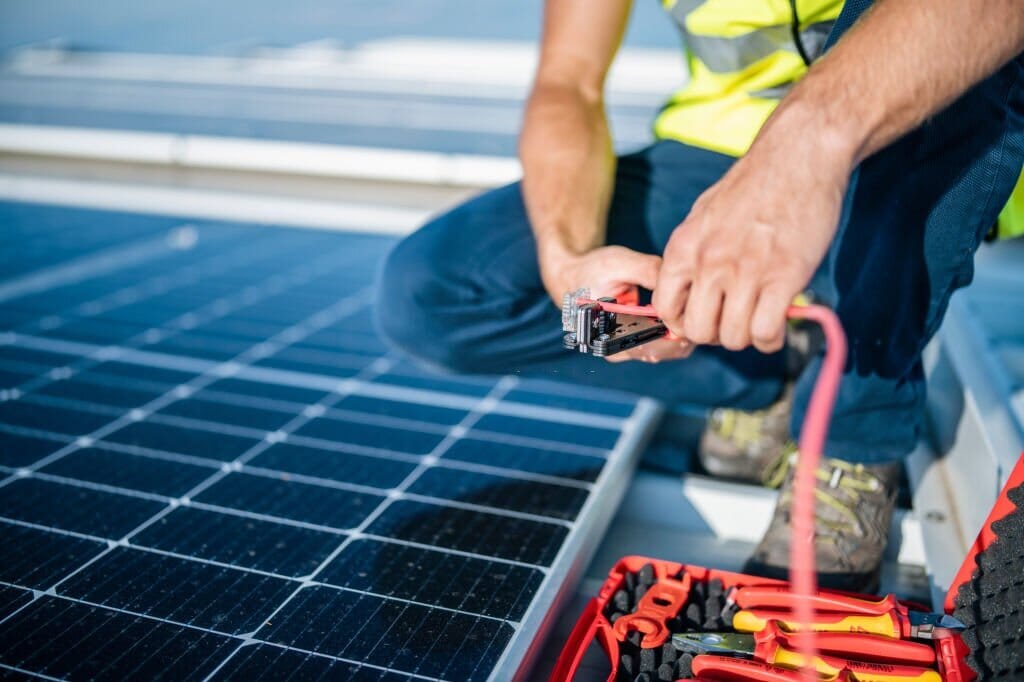@MattiFin so what is the max current carrying capacity of 1 meter of 60mm2?
Length of wire makes no difference for its ampacity, the current it can carry without the I^2R power dissipated causing temperature rise above some level.
What does matter is where the wire goes beyond that length. NEC has a provision that multiple wires in a length of conduit up to 2' long don't require derating. I think that makes sense only if the wire continues on considerably beyond that piece of conduit, so heat is conducted lengthwise and dissipated elsewhere.
If a wire terminates in a breaker, I don't think it can dump energy there, it just raises breaker temperature. If it terminates at a busbar or battery, that may serve as a heatsink.
@MattiFin Thanks for that clarification. Since you seem so knowledgeable about breakers, I have another related question. My whole house AC breaker at the panel is 3-phase 60A which brings in 100V and 200V. Is it a fire hazard to have a large inverter that can pull more amps / watts than the service panel can provide? I should add that we have never had the 60A house breaker trip, our electrical usage was never that high. And if you prefer I can just put this question up to the forum.

Obviously if you draw or backfeed more than 60A (or more than 48A, since we like 25% margin), it may trip. That breaker and the utility feed will be protected.
Your inverter may be able to supply additional loads for the house from battery, using CT to measure current at grid connection and stay under 48A. "Additional Local Consumption."
The problem would be if grid 60A plus inverter 40A puts 100A into your wires or breaker panel and that exceeds what those parts can handle.
That could be downstream, or could be in another branch your inverter backfeeds to.
Our "120% Rule" and other versions are designed to protect against that.
I've determined that neutral wire can end up carrying the sum of available grid current and available inverter current. 120% rule puts a limit on how much it would overheat the wires (about 30C beyond the intended 75C or 90C).
It would help if you sketched out your topology, gave values of relevant breakers, wire gauge and breaker panel specs, link to inverter.




